Medfos (Win32/Medfos) is a family of trojans that may download additional malware, install malicious extensions for Internet browsers and redirect search engine results.
In the wild, we have observed variants of Medfos being distributed by the Blacole exploit kit, bundled with Win32/Sirefef variants and downloaded by TrojanDownloader:Win32/Beebone variants.
Medfos will redirect your search queries when using websites such as Yahoo, Bing, and Google to other website from which cyber criminals get some sort of revenue.
Medfos got your computer, after you have visited an infected website which exploited a vulnerability from a Java or Adobe software and Medfos installed a file called chromeupdate.crx in your %LOCALAPPDATA% folder.
As part of its self-defense mechanism,once installed Medfos disguises itself as a legitimate Google Chrome or Firefox extension with the name Mozilla Safe Browsing 2.0.14 or Translate This 2.0, as show in the below images:
![How to remove Trojan Medfos (Uninstall Guide) 1 [Image: Win32 Medfos virus]](http://malwaretips.com/blogs/wp-content/uploads/2013/01/Win32-Medfos-virus.jpg)
![How to remove Trojan Medfos (Uninstall Guide) 2 [Image: Win32 Medfos trojan]](http://malwaretips.com/blogs/wp-content/uploads/2013/01/Win32-Medfos.jpg)
Medfos sole purpose is to generate revenue for its authors via pay-per-click advertising links and redirect traffic to affiliate sites,so we recommend that you remove Medfos as soon as possible from your computer.
Medfos is a a heuristic detection from Microsft, however other securiy vendors may detect this infections as:
TR/Midhos (Avira)
Trojan.Win32.Midhos (Kaspersky)
Win32/Medfos (ESET)
Win32.Medfos.B (ESET)
Medfos (McAfee)
Trojan/Win32.Midhos (AhnLab)
Trojan.Win32.Medfos (Ikarus)
Trojan:Medfos.B (Microsft)
Trojan:JS/Medfos.A (Microsoft)
STEP 1: Remove Medfos infection with Kaspersky TDSSKiller
As part of its self defense mechanism, Medfos will install a rootkit on the infected computer.In this first step, we will run a system scan with Kaspersky TDSSKiller to remove this rookit.
- Please download the latest official version of Kaspersky TDSSKiller.
KASPERSKY TDSSKILLER DOWNLOAD LINK(This link will automatically download Kaspersky TDSSKiller on your computer.) - Before you can run Kaspersky TDSSKiller, you first need to rename it so that
you can get it to run. To do this, right-click on the TDSSKiller.exe icon and select Rename.
Edit the name of the file from TDSSKiller.exe to iexplore.exe, and then double-click on it to launch. - Kaspersky TDSSKiller will now start and display the welcome screen and we will need to click on Change Parameters.

- In the new open window,we will need to enable Detect TDLFS file system, then click on OK.

- Next,we will need to start a scan with Kaspersky, so you’ll need to press the Start Scan button.

- Kaspersky TDSSKiller will now scan your computer for Medfos infection.

- When the scan has finished it will display a result screen stating whether or not the infection was found on your computer. If it was found it will display a screen similar to the one below.

- To remove the infection simply click on the Continue button and TDSSKiller will attempt to clean the infection.A reboot will be require to completely remove any infection from your system.
STEP 2: Remove Medfos malicious files with Malwarebytes Anti-Malware
Malwarebytes Chameleon technologies will allow us to install and run a Malwarebytes Anti-Malware scan without being blocked by Medfos.
- Download Malwarebytes Chameleon from the below link and extract it to a folder in a convenient location.
MALWAREBYTES CHAMELEON DOWNLOAD LINK (This link will open a new web page from where you can download Malwarebytes Chameleon) - Make certain that your infected computer is connected to the internet and then open the Malwarebytes Chameleon folder and double-click on svchost.exe.

IF Malwarebytes Chameleon will not open, double-click on the other renamed files until you find one will work, which will be indicated by a black DOS/command prompt window. - Follow the onscreen instructions to press a key to continue and Chameleon will proceed to download and install Malwarebytes Anti-Malware for you.

- Once it has done this, it will update Malwarebytes Anti-Malware, and you’ll need to click OK when it says that the database was updated successfully.

- Malwarebytes Anti-Malware will now attempt to kill all the malicious process associated with Medfos.Please be aware that this process can take up to 10 minutes, so please be patient.

- Next, Malwarebytes Anti-Malware will automatically open and perform a Quick scan for Medfos malicious files as shown below.
![Malwarebytes Anti-Malware scanning for Medfos [Image: Malwarebytes Anti-Malware scanning for Medfos]](data:image/gif;base64,R0lGODlhAQABAAAAACH5BAEKAAEALAAAAAABAAEAAAICTAEAOw==)
- Upon completion of the scan, click on Show Result
![Malwarebytes when the system scan has completed [Image: Malwarebytes Anti-Malware scan results]](data:image/gif;base64,R0lGODlhAQABAAAAACH5BAEKAAEALAAAAAABAAEAAAICTAEAOw==)
- You will now be presented with a screen showing you the malware infections that Malwarebytes Anti-Malware has detected.
Make sure that everything is Checked (ticked),then click on the Remove Selected button.
![Click on Remove Selected to get rid of Medfos [Image:Malwarebytes removing virus]](data:image/gif;base64,R0lGODlhAQABAAAAACH5BAEKAAEALAAAAAABAAEAAAICTAEAOw==)
- After your computer restarts, open Malwarebytes Anti-Malware and perform a Full System scan to verify that there are no remaining threats
STEP 3 : Remove the malicious registry keys added by the Medfos
Medfos has added some malicious registry keys to your Windows installation,to remove them we will need to perform a scan with RogueKiller.
- You can download RogueKiller from the below link.
ROGUEKILLER DOWNLOAD LINK (This link will automatically download RogueKiller on your computer) - Double click on RogueKiller.exe to start this utility and then wait for the Prescan to complete.This should take only a few seconds and then you can click the Start button to perform a system scan.
![Click on the Start button to perform a system scan [Image: RogueKiller while scanning]](data:image/gif;base64,R0lGODlhAQABAAAAACH5BAEKAAEALAAAAAABAAEAAAICTAEAOw==)
- After the scan has completed, press the Delete button to remove any malicious registry keys.
![Press Delete to remove the malicious registry keys [Image: RogueKiller removing Medfos]](data:image/gif;base64,R0lGODlhAQABAAAAACH5BAEKAAEALAAAAAABAAEAAAICTAEAOw==)
STEP 4: Remove Medfos rootkit with HitmanPro
- you can download HitmanPro from the below link,then double click on it to start this program.
HITMANPRO DOWNLOAD LINK (This link will open a new web page from where you can download HitmanPro)
IF you are experiencing problems while trying to start HitmanPro, you can use the Force Breach mode.To start HitmanPro in Force Breach mode, hold down the left CTRL-key when you start HitmanPro and all non-essential processes are terminated, including the malware process. (How to start HitmanPro in Force Breach mode – Video) - HitmanPro will start and you’ll need to follow the prompts (by clicking on the Next button) to start a system scan with this program.


- HitmanPro will start scanning your computer for Medfos malicious files as seen in the image below.

- Once the scan is complete,you’ll see a screen which will display all the infected files that this utility has detected, and you’ll need to click on Next to remove this malicious files.

- Click Activate free license to start the free 30 days trial and remove all the malicious files from your computer.

STEP 5: Remove Trojan:JS/Medfos.B from your browser with AdwCleaner.
- You can download AdwCleaner from the below link.
ADWCLEANER DOWNLAOD LINK (This link will automatically download AdwCleaner on your computer) - Before starting this utility,close all open programs and internet browsers.
- Double click on adwcleaner.exe to run the tool.
- Click on Delete,then confirm each time with Ok.

- Your computer will be rebooted automatically. A text file will open after the restart.
- NEXT,double click on adwcleaner.exe to run the tool.
- Click on Uninstall,then confirm with yes to remove this utility from your computer.
STEP 6: Double check for any left over infections with Emsisoft Emergency Kit
- You can download Emsisoft Emergency Kit from the below link,then extract it to a folder in a convenient location.
EMSISOFT EMERGENCY KIT DOWNLOAD LINK ((This link will open a new web page from where you can download Emsisoft Emergency Kit) - Open the Emsisoft Emergency Kit folder and double click EmergencyKitScanner.bat, then allow this program to update itself.

- After the Emsisoft Emergency Kit has update has completed,click on the Menu tab,then select Scan PC.

- Select Smart scan and click on the SCAN button to search for Medfos malicious files.

- When the scan will be completed,you will be presented with a screen reporting which malicious files has Emsisoft detected on your computer, and you’ll need to click on Quarantine selected objects to remove them.

Next,we will remove the tools that we’ve used in our malware removal process.
Kaspersky TDSSKiller and RogueKiller can be removed by deleting the utilities.
We strongly recommend that you keep Malwarebytes Anti-Malware and HitmanPro installed on your machine and run regular scans with this tools.If you however,wish to remove them,you can go into the Add or Remove programs and uninstall this two on-demand scanners.

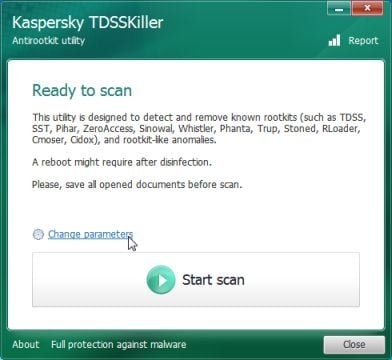

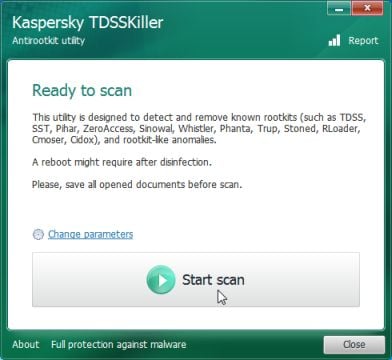

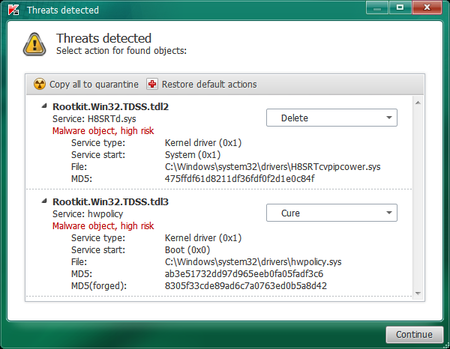

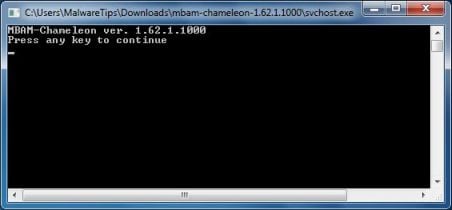
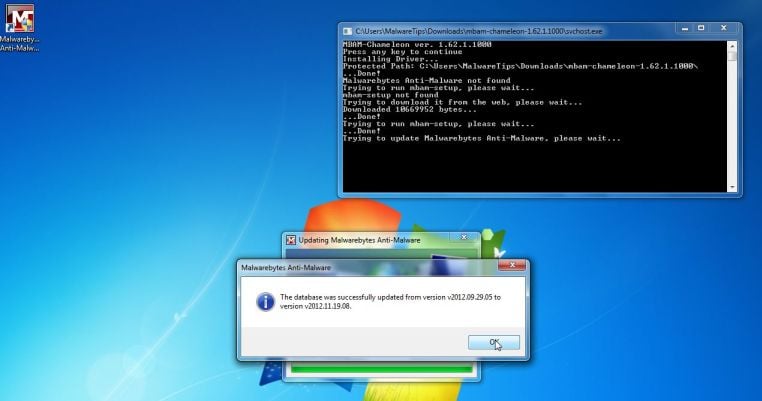
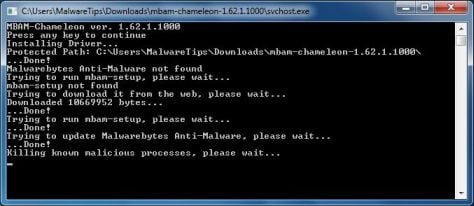
![Malwarebytes Anti-Malware scanning for Medfos [Image: Malwarebytes Anti-Malware scanning for Medfos]](http://malwaretips.com/blogs/wp-content/uploads/2013/01/malwarebytes-scan.jpg)
![Malwarebytes when the system scan has completed [Image: Malwarebytes Anti-Malware scan results]](http://malwaretips.com/blogs/wp-content/uploads/2013/01/malwarebytes-scan-results.jpg)
![Click on Remove Selected to get rid of Medfos [Image:Malwarebytes removing virus]](http://malwaretips.com/blogs/wp-content/uploads/2013/01/malwarebytes-virus-removal.jpg)
![Click on the Start button to perform a system scan [Image: RogueKiller while scanning]](http://malwaretips.com/blogs/wp-content/uploads/2012/04/roguek-1.png)
![Press Delete to remove the malicious registry keys [Image: RogueKiller removing Medfos]](http://malwaretips.com/blogs/wp-content/uploads/2012/04/roguek-2.png)

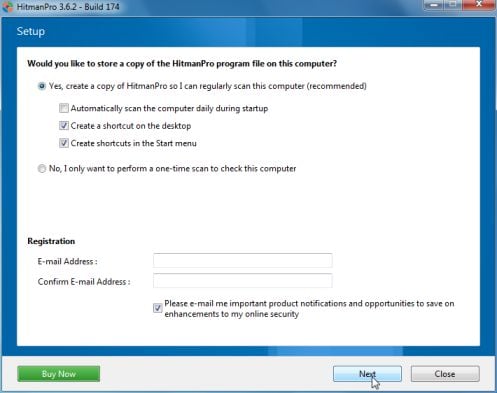



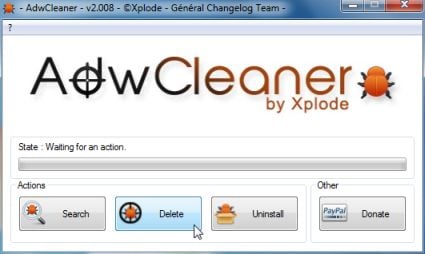
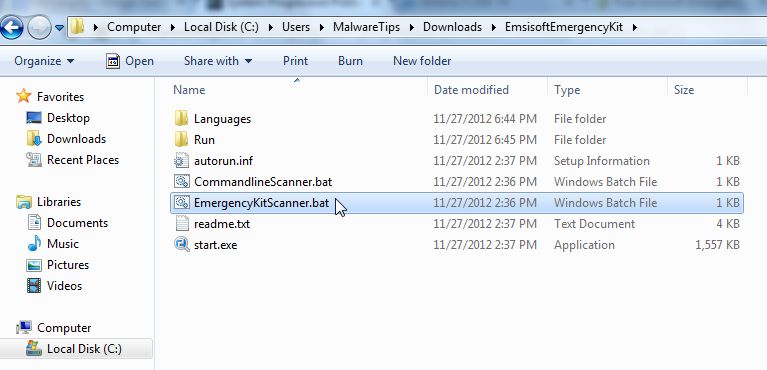
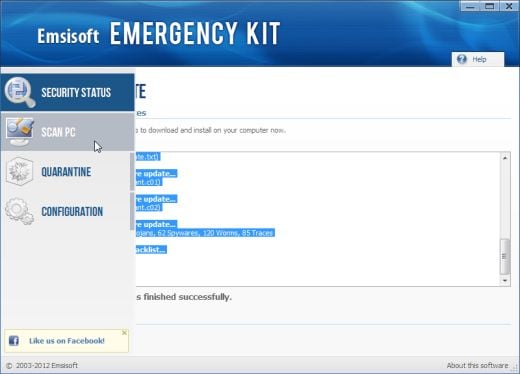
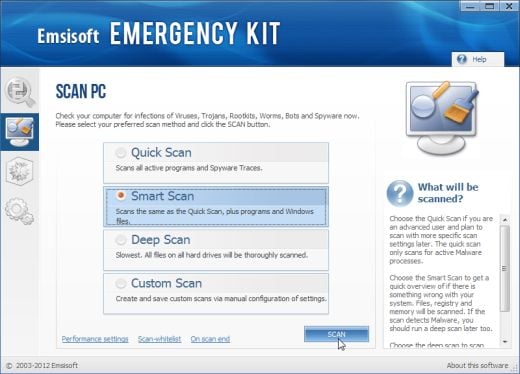
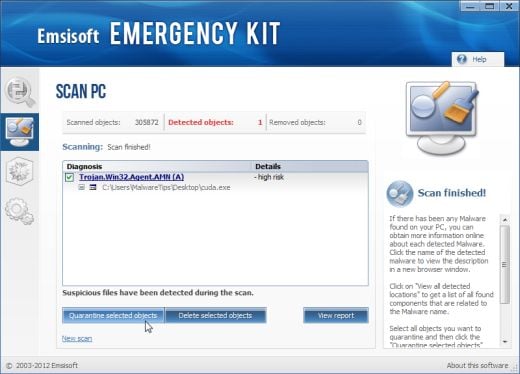










I finally get rid of that ^&*&$#
thank for your help, guys
nounours
canada
Thanks for this, I followed your instructions precisely and at last removed this particularly inveigled Trojan. Took a lot longer than some of your instruction indicated but that was only because the Trojan had slowed down my PC so much – so anyone else trying this be patient and stick with it ! (Took me about 8 hours). My gratitude to you folks.
Thanks for the help I have all the progs except Hitman Pro already updated and ready to go.
I’ll go and clean my friends PC when he’s back home.
I’m also a Barca fan, for 23 Yrs now and I have the old official Kappa jacket.
Regards, Ian.
awesome information, removed the Medfos trojan completely from what I can see. The instructions looked a little involved, but it was clearly described and not too hard to follow. I note that some of the tools referred to above act a little differently now or have slightly different screens but nothing that left me wondering what was going on.
you guys rock, roll & levitate !
Cheers
The Shnoof